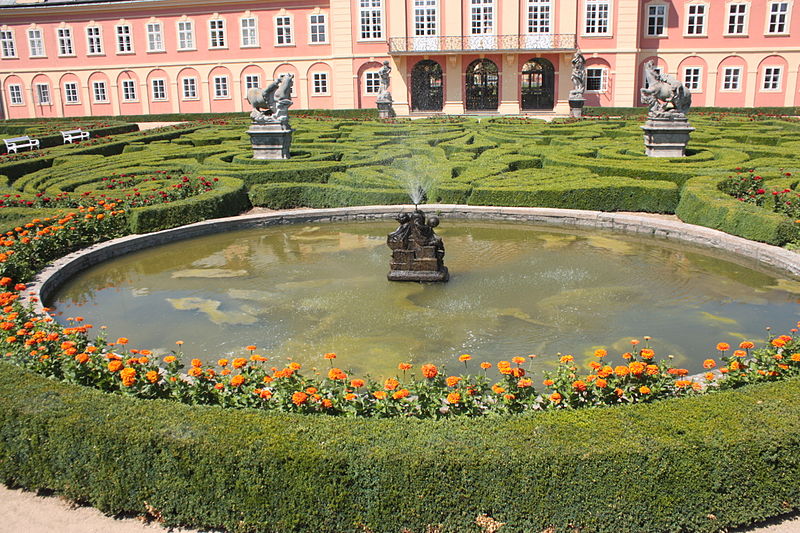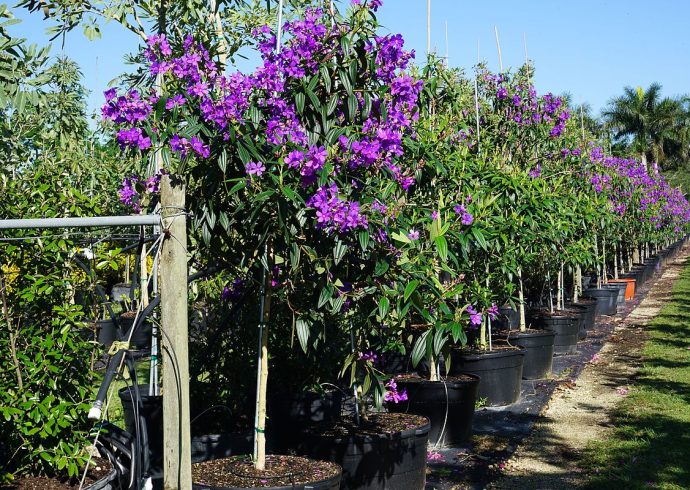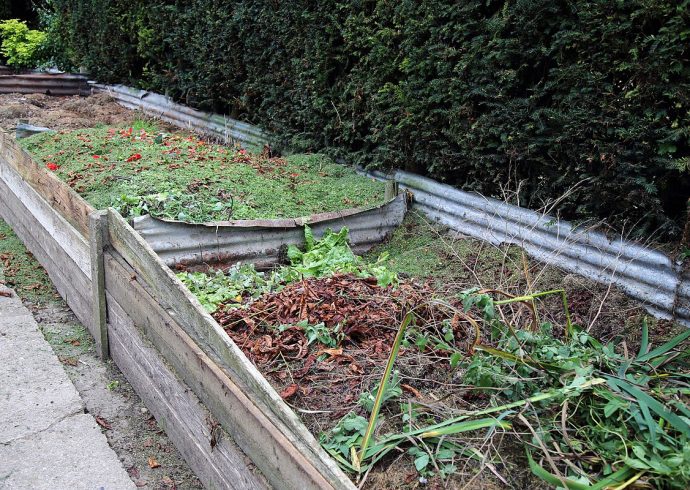
Planting a French Garden Flower Ring
Flower rings usually consist of a center ring where one main plant or small flowering bush is planted, although the center can also be in the form of a garden statue, birdbath, or even a fountain. To make a French garden flowering ring, a fountain serves as the center piece. Traditional elements of the French garden include neatly clipped hedges in a box or round form.
For the flower ring, you will be using evergreen hedges, either with or without flower blossoms, and your favorite flowers, which can be bulbs or already purchased plants from the nursery. This type of garden is most attractive in a front yard. Choose an area that receives full sunlight for the flowers to grow. For the hedges, you can plant boxwood, euonymus, juniper, barberry, abelia, or spirea. Of course you can select any other hedges that attracts you at your local nursery. The ones mentioned have variations in the leaf colors, which can be pretty once the garden is complete, with the other flowers complementing the shrubs. Before you plant the shrubs, which will form the outer part of the garden, measure a distance of 6′ from the base of your fountain outwards. Stones or other markers can be placed at the 6′ point as you measure around the entire base. This will form the external circle where the shrubs will be planted. Prepare the soil, making sure it is well drained, adding fertilizer and mulch to the soil blend to encourage healthy growth of the flowers.
Plant the purchased shrubs according to the directions on the plant’s label. At two points, preferably opposite each other, leave an 18″ to 20″ space between the hedges to form a walking path inside the hedge wall where you can plant the flowers. These shrubs will eventually be shaped as they grow each year into a traditional box shape, only instead of a straight line, they will form a circle around the fountain.
Once the hedges are planted, the inside of the circle will have several concentric circles formed by plants. Here you can choose any of your favorites, from spring to summer and fall flowers. If you want the garden in full bloom every season, create one circle just for the seasonal flowers so there are no empty gaps. Spring bulbs like tulips and hyacinths can be planted next to irises, lupines, snapdragons, cosmos, bachelor’s buttons, asters, nasturtiums, and dahlias. Taller flowers can be planted in a circle closer to the fountain, with the shorter growing flowers forming another circle outside the tall ones. For the fall season, try chrysanthemums, zinnias, day lilies, black-eyed Susans, and coneflowers in their own circle inside the hedges. For an added bonus, plant creeping phlox in white, blue, or purple in another circle outside of the hedge wall.
Image Credit: I.Sácek, senior, CC0, via Wikimedia Commons.


